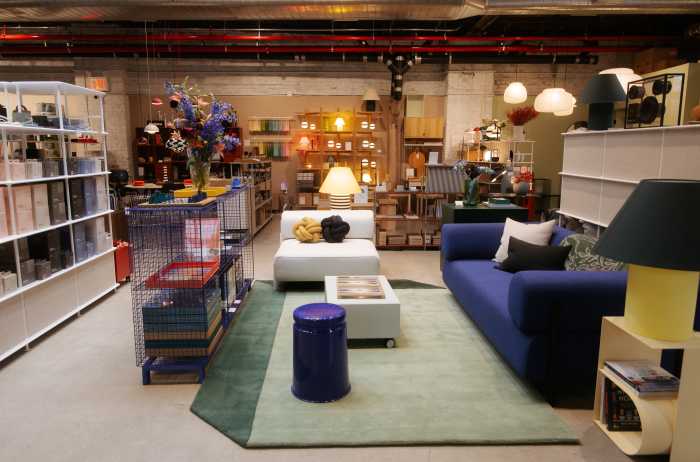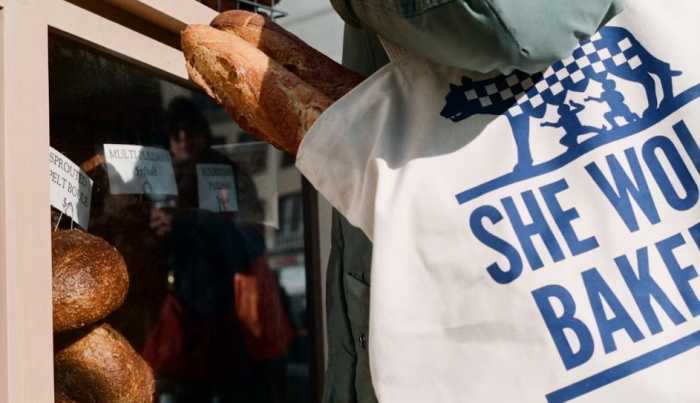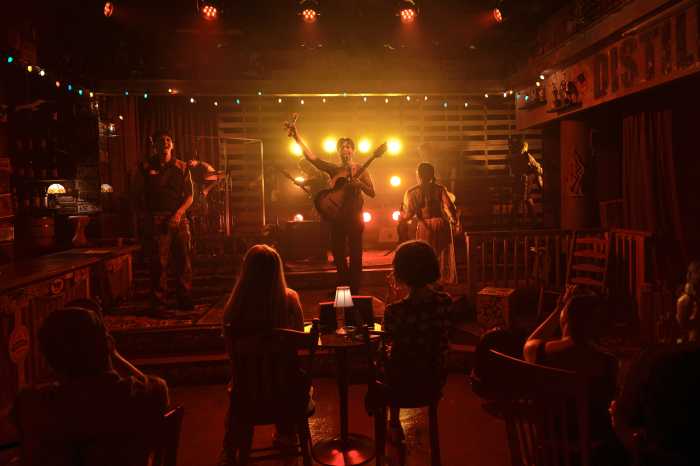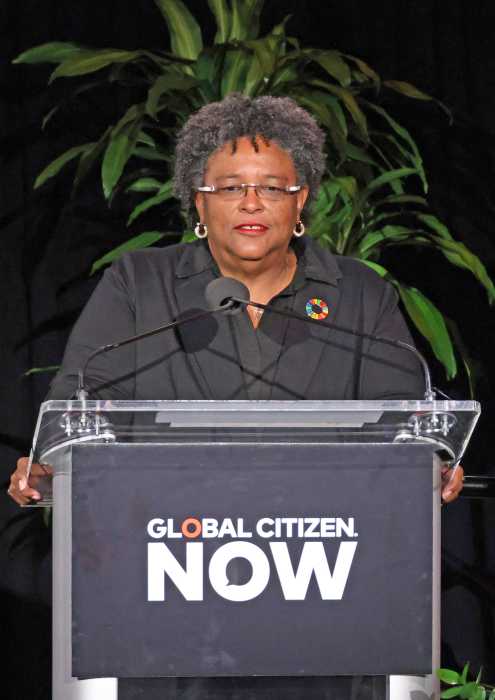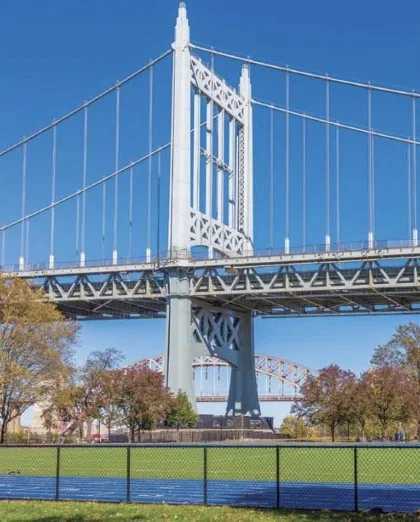The much-loved F-train plaza at the Carroll Street station will stay!
Developer Billy Stein, who owns a portion of the concrete plaza above the Second Place entrance to the F-line station agreed this week to maintain the courtyard as an open space even as he moves forward with a seven-story luxury building above it and on a parking that borders on the corner of Smith Street.
“I don’t want to change it,” Stein said.
The developer has been under attack because of the 70-foot height of the 360 Smith St. project. But he redeemed himself in some eyes when he called the open plaza, where trainspotters watch subways move underground from the elevated Smith-Ninth Street station, “New York City’s answer to East Hampton beach real estate.”
“You watch the trains roll in like waves,” he said at a packed Carroll Gardens Neighborhood Association on Monday.
Neighborhood straphangers had fretted for months about losing the courtyard. But even as the developer bows to that concern, he remains committed to building as high as zoning law allows for the site, a large lot surrounded by two- to five-story structures.
“My building will give young families that can’t spend $1.5 million to buy a brownstone an opportunity to enter this community,” he said.
The controversial Smith Street building was first glimpsed in renderings posted on architect Robert Scarano’s Web site. The digital drawing showed a bulky, geometric building covered in shiny, metallic façade and was immediately dubbed the “Heavy Metal building” by the blog, Gowanus Lounge.
In June, The Brooklyn Paper reported that Scarano had agreed to redesign the building with a brick façade that looked more like the nearby brownstones.
Scarano himself has been a target, with Councilman Bill DeBlasio (D–Carroll Gardens) calling for his license to be revoked because of prior zoning and building code violations. Stein defended his architect as an old friend and one of the designers “responsible for the revitalization of Brooklyn.”
“Many families all across Brooklyn are living happily in buildings he designed,” he said, showing off a new rendering of a tasteful building covered in reddish bricks and white terra cotta.
The design was viewed as an improvement, though many said it still did not match the area’s 19th-century elegance.
“If they must build a big building,” said Santo Matarazzo, “why not make a big brownstone?”


